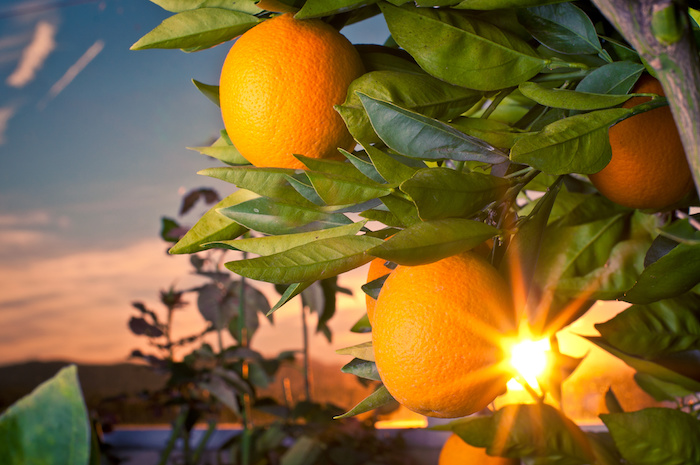Agricultural damage from this month's Hurricane Michael is predicted to top $1.3 billion, with Florida and Georgia bearing the brunt of the losses. Just a month ago, Hurricane Florence caused an estimated $1.1 billion in damage in North Carolina and an estimated $125 million in South Carolina.
While the dollar figures alone are tragic, there is also the unquantifiable human impact. 2017's Hurricane Irma - which caused $2.5 billion in damage to Florida's agriculture industry - caused several citrus and tomato growers to shut down operations. Among them was one of the state's oldest tomato-growing families, Big Red Tomato. Naturally, as this year's vicious Atlantic Hurricane Season continues to rage, there are concerns that 2018's growing season may be the last for more growers.
Relief Programs
Fortunately, many programs assist to help farms survive the aftermath of Mother Nature's fury.
The federal 2017 Wildfires and Hurricanes Indemnity Program (2017 WHIP) provides disaster payments to agricultural producers to offset losses from wildfires and hurricanes like Irma, Florence, and Michael.
Orchardists and nursery tree growers can apply to the USDA’s Tree Assistance Program for help with replanting or rehabilitating damaged trees, bushes, and vines.
The Emergency Loan Program provides loans to help producers recover from production and physical losses due to drought, flooding, other natural disasters, or quarantine.
The Disaster Set-Aside Program provides producers who have existing direct loans with FSA who are unable to make the scheduled payments to move up to one full year’s payment to the end of the loan.
The Noninsured Disaster Assistance Program (NAP) provides assistance for crop losses when federal crop insurance is not available.
The Emergency Conservation Program (ECP) provides assistance to producers if their land was damaged by a natural disaster and needs conservation practices.
Documentation is Critical
Scott Marlow, senior policy specialist for the Rural Advancement Foundation International-USA and farm crisis advocate, stresses the importance of documentation in growers' financial recovery after hurricanes. "One of the big messages that we get out to folks is that the first thing that they need to do is to document ... all of the disaster losses, because government programs often can come online a year, even two years, after the disaster to pay for losses, but if they haven't documented them, they can't get access to those programs. Disaster recovery for anyone requires them to be at their most-organized best, at a point where their life and their brain and everything is at its worst."
Post-Hurricane Crop Safety Assessment
In its Guidance for Industry: Evaluating the Safety of Flood-affected Food Crops for Human Consumption, the U.S. Food and Drug Administration outlines several best practices for dealing with crops in the aftermath of hurricanes.
If the edible portion of a crop is exposed to flood waters, the FDA warns that it is now considered "adulterated" and should not enter human food channels. Instead, the adulterated crops should be kept separate from "clean" crops and disposed of.
For crops that were in or near flooded areas but whose edible portions did not come in contact with flood waters, the FDA advises growers to evaluate the safety of the crops on an individual basis. While they encourage growers to work with state regulators and local FDA offices to determine whether the crops have been adulterated, they outline several considerations:
- Assessment of flood waters themselves: Knowledge of the nature of contaminants in flood waters can help assess the likelihood of crop contamination. For example, were the flood waters exposed to sewage? Were there any oil or chemical spills as a result of the flooding?
- Type of crop and state of growth: The nature of the crop itself may impact its likelihood of contamination. Was the lowest edible portion of the crop above the floodwaters level? Was it still above the floodwaters level when splashing? Can the edible portion of the crop be harvested without any cross-contamination from the surrounding environment, including flooded soil and other portions of the crop?
- The likelihood for crops to absorb or internalize potential contaminants from floodwaters and/or flooded soil: The FDA cautions that plant uptake of contaminants from soil is universally likely; though the rate of uptake is dependant on contaminant type, plant species, and soil conditions.
- The degree and duration of crop exposure to flood waters and related conditions: The volume of floodwaters, how long they persisted in the field before receding, how quickly the field dried out, and whether conditions in the field are likely to promote fungal growth and mycotoxin development post-flooding are all considerations to take into account.


